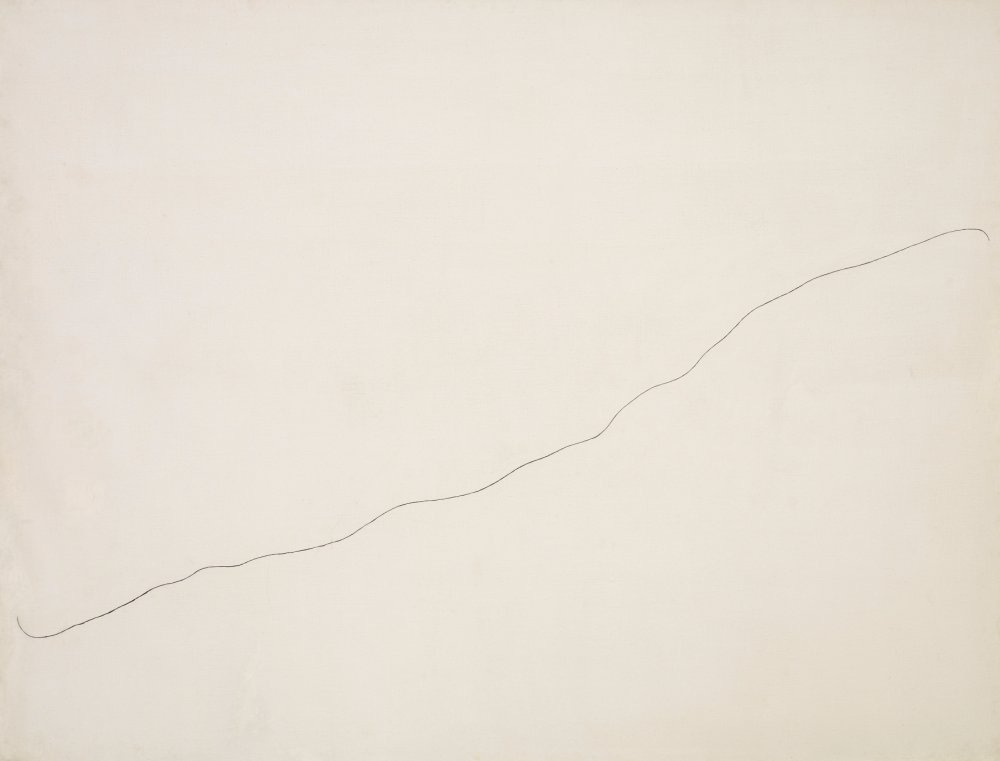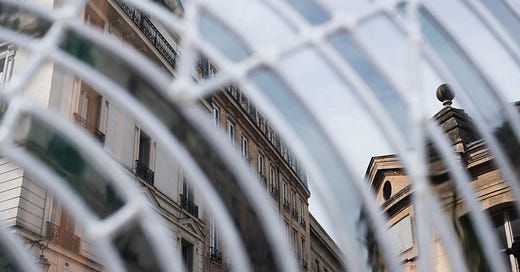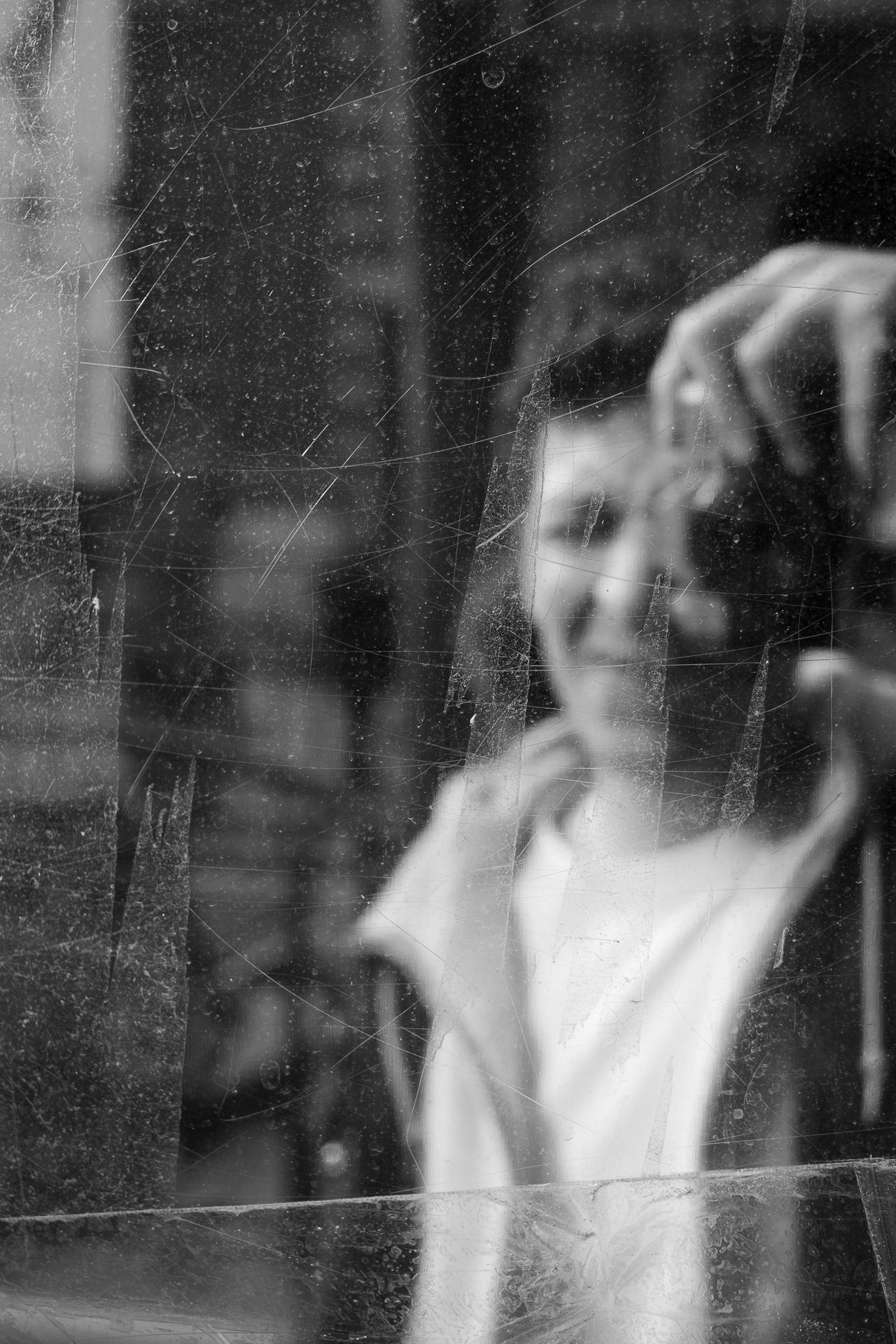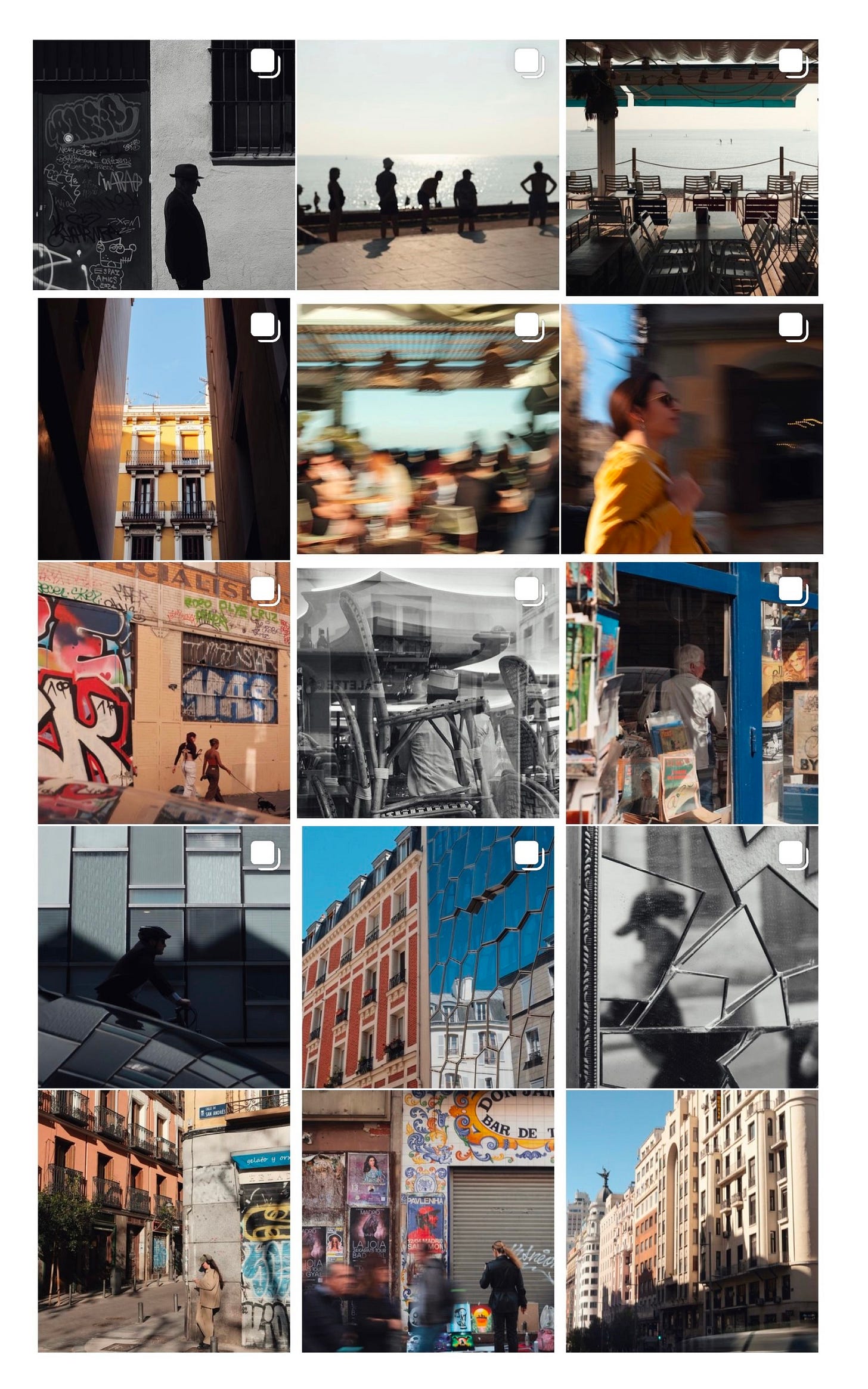From gear to meaning: on evolving as a photographer
The realization that photography isn't just about cameras and technique, but meaning
There’s a sentence that all photographers have heard at some point: “nice photo, you must have a good (and big) camera”. I actually do have a nice camera, but I am not sure it’s (fully) responsible for the niceness of the photo. I imagine myself going to a restaurant and telling the chef: “the food was good, you must have some nice pans”. Or speaking to a musician and saying: “nice song maestro, you must have a good violin”.
In the past few years of improving my photography, I found that there are three phases of knowledge that photographers usually pursue:
The gear phase: an obsession with cameras and their specs. The more megapixels, the better.
The technique phase: once we know how to use the gear and accepting that we don’t need more megapixels, we start developing our technique.
The meaning phase: a focus on expressiveness rather than technical mastery
Camera
For some reason, photography is a domain where it’s believed that the tool does most of the work. On some level I get it, there are more and more decisions that can be outsourced to modern cameras: focus, exposure, white balance… The better cameras get, the less we have to worry about technical aspects of photography.
I guess photographers are partly to blame for this belief. “What camera do you use?” is a question often asked by photographers implying that putting the same one in anyone’s hand will achieve the same results. We’ve all fallen into the trap of thinking that buying another piece of gear will suddenly make our photography better. And then it doesn’t.
If buying a new or better camera isn’t the way to improve your photography, then what is?
Technique
A few months ago, I started the practice the fundamentals series as a way to improve my own photography. The idea was based on practicing specific skills like musicians do. Like any skill, practicing at the edge of your ability is key to improving. Knowing that gear isn’t the way to improve, I made a conscious decision to practice non equipment related themes. Instead, I focused on visual language and technique: scale, shadow, reflections… I think that made sense. Unlike buying more or different gear, this did indeed improve my photography, or at least my visual language vocabulary. When I am taking photos, I feel like I have a wider range of possibilities in my mind.
The structure was simple: define a specific theme, find inspiration of it applied by other visual artists, and take photos with that theme in mind. The advantage of that approach was that I focused on a specific topic for a determined period of time. But more importantly, I discovered many photographers through the inspiration part. Looking at their work as a whole is a different experience than looking at individual photos on social media. I got a deeper understanding and appreciation of the continuity and ideas in their work. In reality, it’s never the camera they used or their impeccable technique that makes great photographer’s work stand out. It’s something more.
Finding meaning
I stumbled on
’s article Not How But Why last week which helped clarify that third phase of learning. It reminded me that something else is missing beyond the camera and technique:If you’re aiming to make something beyond “technically good,” if instead you’re hoping to make something interesting, or something special, or even something downright meaningful, you need to focus on other things more than you focus on equipment and technique.
At that stage, gear and technique become necessary evils, or pleasures if you enjoy that, to learn insofar as they allow us to communicate ideas. Maybe technique is so ubiquitous in the photosphere because it’s a much more tangible thing to practice and improve than the expressiveness of your photography work. That’s less obvious to practice and less obvious to measure.
Last march I visited the Joan Miro museum in Barcelona and saw that idea pushed to its limit. There is a section of the museum that houses 3 massive murals named Painting on white background for the cell of a recluse I, II, and III. Each one is approximately 3 by 2 meters. Speaking about that mural, Miro said:
It took me only a moment to draw this line with my brush. But it took me months, perhaps even years of reflection to form the idea of it
The painting in question is a black line on a huge white canvas. Either Miro is just being silly, or he might be on to something. After years of painting technically complex work, in my untrained eye, he finally built the life skills and depth of thought to produce this wonky line. It’s the kind of painting that makes you wonder what they are thinking in the museum world.

Maybe Miro was being pretentious, or trying to push the limits of what people will admire in a museum. Still, it’s a great example of an artist forgetting about his technique and creating work that is meaningful to him.
All this to say that I should think about the intention and “why” behind my photography. Images that are technically great are cool but a photo series with intention is more meaningful, even if they are not technically good.
I leave you with a thought experiment from another post by
: if you find yourself traveling back in time and meet with Henri Cartier-Bresson in Paris, are you asking him about his camera? Or are you asking him about his why?








If I am traveling back in time and meeting with Henri Cartier-Bresson in Paris, I’m taking my Nikon Zf with me! :) Seriously, great article. I am in discussions about this a lot with other photographers. Also, I could stare at the solitary line on that canvas for an hour.
I enjoy watching these Art21 videos about photographers. https://art21.org/medium/photography/